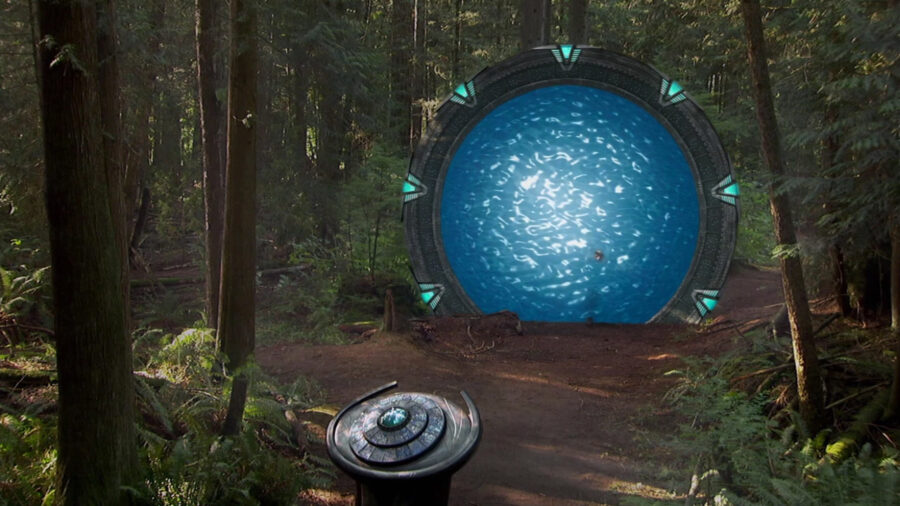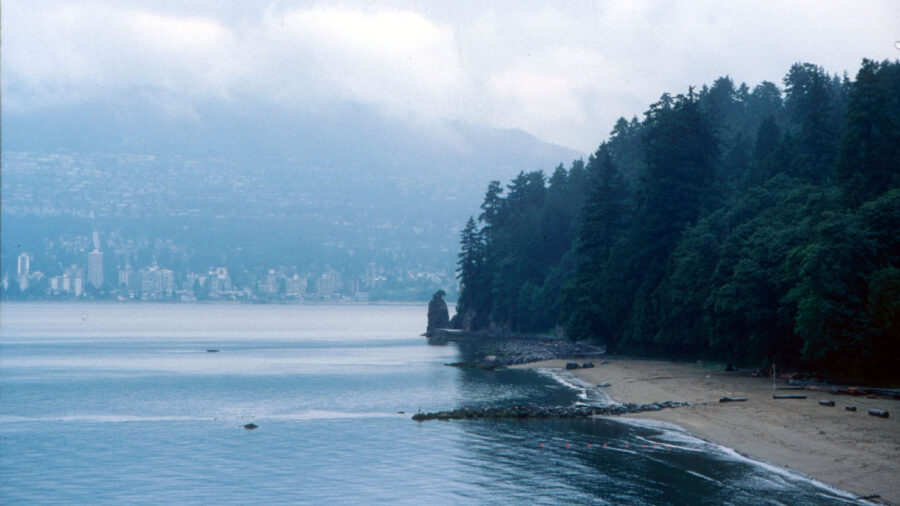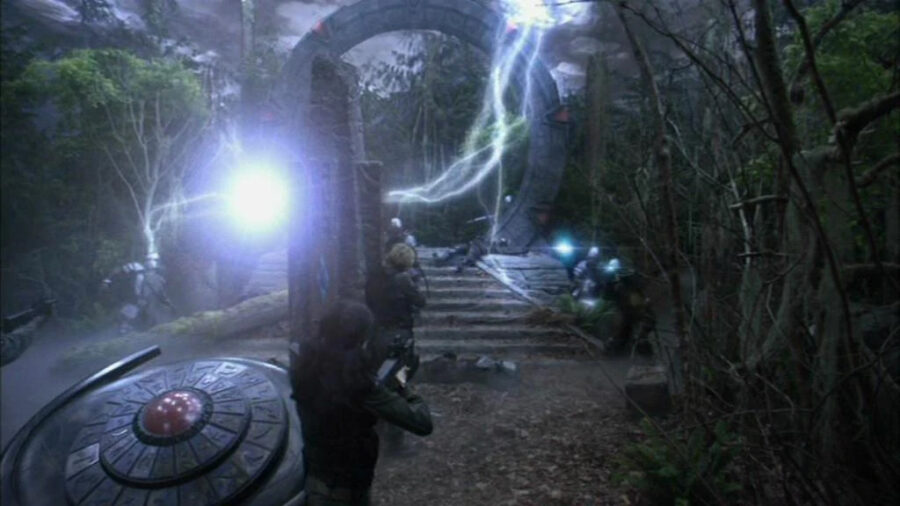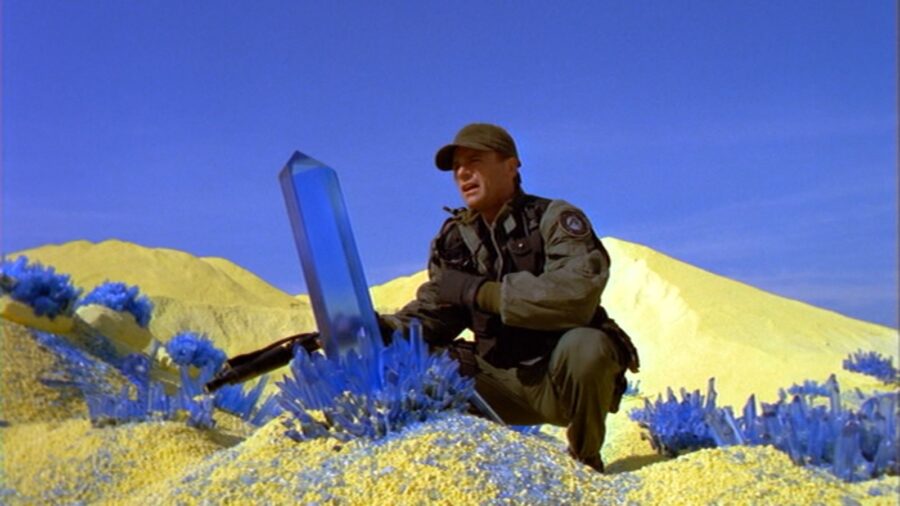Why So Many Stargate SG-1 Planets Are Forests
There's a good reason you see so many tree-heavy environments on Stargate SG-1. Here's the full explanation from the team who made it happen.
This article is more than 2 years old

So many things go into the production of making a movie or TV series. From making sure you have the right actors to having nailed down the script to making sure food services in on point. There is a lot of heavy lifting going on. Another key point in a production is location. Finding the right place or places to shoot a movie or series can be critical. Even more critical is being able to take the right place and make it look exactly as the script calls for it to look. Take Stargate SG-1, for example, where a lot of their planets ended up being forests.
There’s a good reason you see so many tree-heavy environments on Stargate SG-1. Here’s the full explanation from the team who made it happen.
VANCOUVER, BRITISH COLUMBIA

The city of Vancouver has been a constant choice to film by producers. The city and surrounding areas are at once beautiful, it is relatively close to Los Angeles (less than three-hour flight), and Vancouver has some great tax incentives which make it very popular with the production companies.
These were the reasons the crew of Stargate SG-1 set up shop in the city. The problem, though, according to visual effects (VFX) supervisor John Gajdecki, was a big one. The series plotlines included the SG-1 team bouncing around to and exploring multiple planets. But there’s only one type of landscape around Vancouver, and that landscape is trees. Lots and lots of trees. So, how do you make a city like Vancouver not look like, well, Vancouver?
STARGATE SG-1 VS. TREES

Making it look like the Stargate SG-1 team went to different planets was a major struggle for the show. Gajdecki sat down for a 2-hour conversation with The Companion, a brand-new content platform devoting itself to science fiction film and television and is wrapping up their Kickstarter campaign. He spoke about many issues they had trying to create a Stargate world that included creating Stargate SG-1’s legendary “Kawoosh”, Ra’s pyramid, the death glider fighter craft, and of course, the different looking planets.
As Gajdecki noted to The Companion, “Episode 1, Episode 2, we’re always outside. It’s always in the rain because that was the weather at the time. So we really started struggling to create locations that were not just in the forest.” Gadjecki also spoke of the importance of keeping the visuals and locations of each Stargate SG-1 episode fresh and surprising for the fans.
In one early episode, Cold Lazarus, the Stargate SG-1 crew was taken to the planet P3X-562 which was comprised of yellow dunes. Gadjecki found some yellow sulfur pits to film in and around. “There was one episode where they were on this planet and everything was yellow. It was sulfur — it was this bizarre yellow planet. And we were filming in these huge sulfur pits that they have down by the docks. It was such a sunny day that everybody was sweating, and the sulfur … you’d walk through it and it would kick up and get on your face, and your beads of sweat would just drop it into your eyes. And they had lots of people there to take care of us!”

The reason for the initial struggle was the simple fact that the VFX crew was working on a TV budget. This wasn’t the big-budget predecessor Roland Emmerich Stargate film, so the VFX crew had to improvise and make do with their surroundings. Their surroundings, being in Vancouver BC, were trees. Every planet can’t be a forest.
Thankfully, sometimes it was easier to make things work. Some Stargate SG-1 planets had multiple moons; some were able to use the forested areas without much dress-up. The VFX crew’s goal was always to make things affordable and stay within budget, which they always did. If they couldn’t afford it they just wouldn’t do it.
According to Gadjecki, there were plenty of instances that environments or other pieces of equipment that were written into the scripts that the VFX team just couldn’t pull off as they were simply too difficult for the location. But it’s not like the VFX crew didn’t give an attempt to make anything or everything happen.
Taking a look back at the early Stargate SG-1 episodes, it was quite an impressive feat Gadjecki and his crew performed, taking viewers to different planets, giving these locations their individual personality, all while under the constraints of a TV budget and location issues. It takes inventive minds to accomplish this task and early on, it was Gadlecki’s crew that made it happen and deserves much respect for it.













